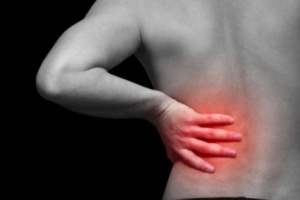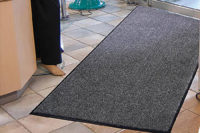 The National Retail Federation forecasts that retailers and merchants will hire between 730,000 and 790,000 seasonal workers this holiday season.[i] Many of these workers, such as sales associates and cashiers, have little, if any, opportunity to sit during their work shift. Increasingly, workers across a variety of occupations are required to stand for long periods of time without being able to walk or sit during their work shift. For example, in operating rooms, nurses and doctors must stand for many hours during surgical procedures. In retail, sales associates spend a considerable amount of their work time standing without the ability to sit down. Female associates who wear high heel shoes are at increased risk of developing musculoskeletal pain conditions.[ii] [iii]
The National Retail Federation forecasts that retailers and merchants will hire between 730,000 and 790,000 seasonal workers this holiday season.[i] Many of these workers, such as sales associates and cashiers, have little, if any, opportunity to sit during their work shift. Increasingly, workers across a variety of occupations are required to stand for long periods of time without being able to walk or sit during their work shift. For example, in operating rooms, nurses and doctors must stand for many hours during surgical procedures. In retail, sales associates spend a considerable amount of their work time standing without the ability to sit down. Female associates who wear high heel shoes are at increased risk of developing musculoskeletal pain conditions.[ii] [iii]
NIOSH conducted a review of the literature to examine the risks of prolonged standing in the workplace. “Evidence of Health Risks Associated with Prolonged Standing at Work and Intervention Effectiveness” was published in Rehabilitation Nursing earlier in the year.[iv] Based on the research reviewed, there appears to be ample evidence that prolonged standing in the work place leads to a number of negative health outcomes. The studies consistently reported increased reports of low back pain, physical fatigue, muscle pain, leg swelling, tiredness, and body part discomfort due to prolonged standing. There is significant evidence that prolonged standing at work (primarily in one place) increases risk of low back pain, cardiovascular problems, and pregnancy outcomes.
Interventions such as...Click here to read the rest of the blog post.



